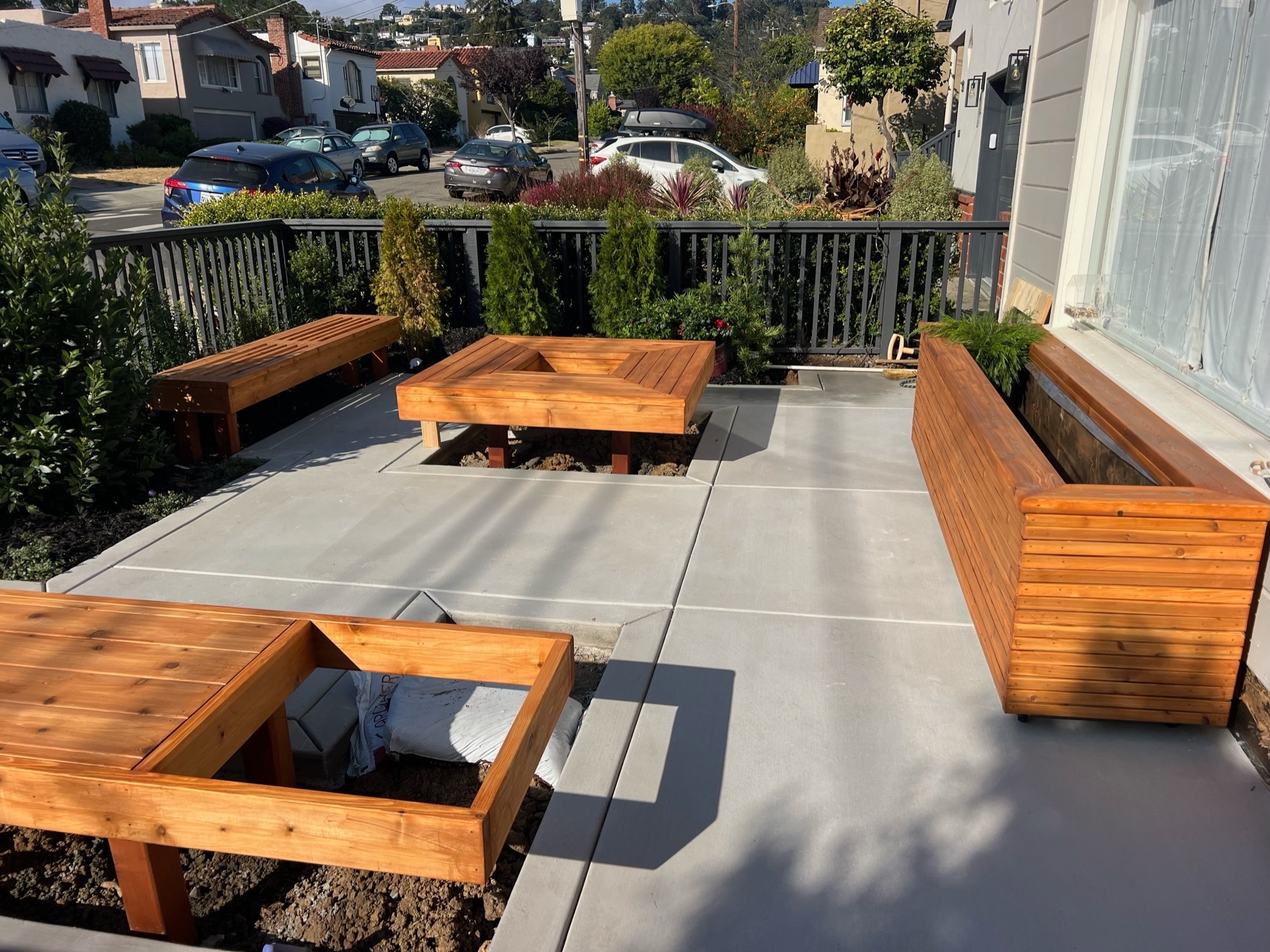Sustainable Landscaping Techniques: Transforming Backyards
Beyond mere aesthetics, sustainable landscaping techniques actively transform backyards into multifunctional, welcoming havens for relaxation, connection, and environmental resilience. By intricately mimicking nature’s patterns and cleverly leveraging symbiotic plantings, closed-loop water cycles, and regenerative soil-building techniques, Bay Area families skillfully craft sustainable spaces using these sustainable landscaping techniques. Impressively, these spaces demand minimal maintenance, yet consistently nurture beauty and yield abundant harvests for years.
Guilds and Hugelkultur: Core Elements of Sustainable Landscaping Techniques
Strategically, designers group plant pairings, known as guilds, in raised mounds called hugelkultur beds, ingeniously modeled after wild forest patterns as part of sustainable landscaping techniques. Nut and fruit trees majestically tower over nitrogen-fixating legumes, which are harmoniously accompanied by insect-repelling aromatics, nutrient-accumulating herbs, and dynamic ground covers. Together, these elements actively cooperate underground, creating a symphony of natural harmony.
We ingeniously direct captured rain and household greywater to feed contoured swales. These swales effectively channel moisture into landscapes, either through passive sub-irrigation or into decorative ponds hosting fish, contributing valuable fertilizer. Furthermore, thoughtful zoning strategically places greens and veggies, which require consistent moisture, near these resourceful water sources.
In terms of soil enrichment, we adeptly employ sheet mulching methods to smother grass. This technique floods the soil with a rich blend of organic matter, manure, biochar, and compost, creating a protective mantle. This mantle enriches and nourishes microbial communities, which diligently digest nutrients for plant uptake. As a result, the healthy living soil superbly retains water and resists pests, thereby promoting a thriving garden ecosystem.
In conclusion, by actively mimicking ecosystems and leveraging on-site resources, we create efficient flow cycles. Moreover, we make building fertile sanctuaries through proven permaculture methods possible. Therefore, Bay Area residents craft sustainably stunning, life-giving landscapes. These landscapes not only nurture beauty and connection but also ensure nourishment for generations. What creative solutions help your landscapes thrive? Please, do share your insights below!

